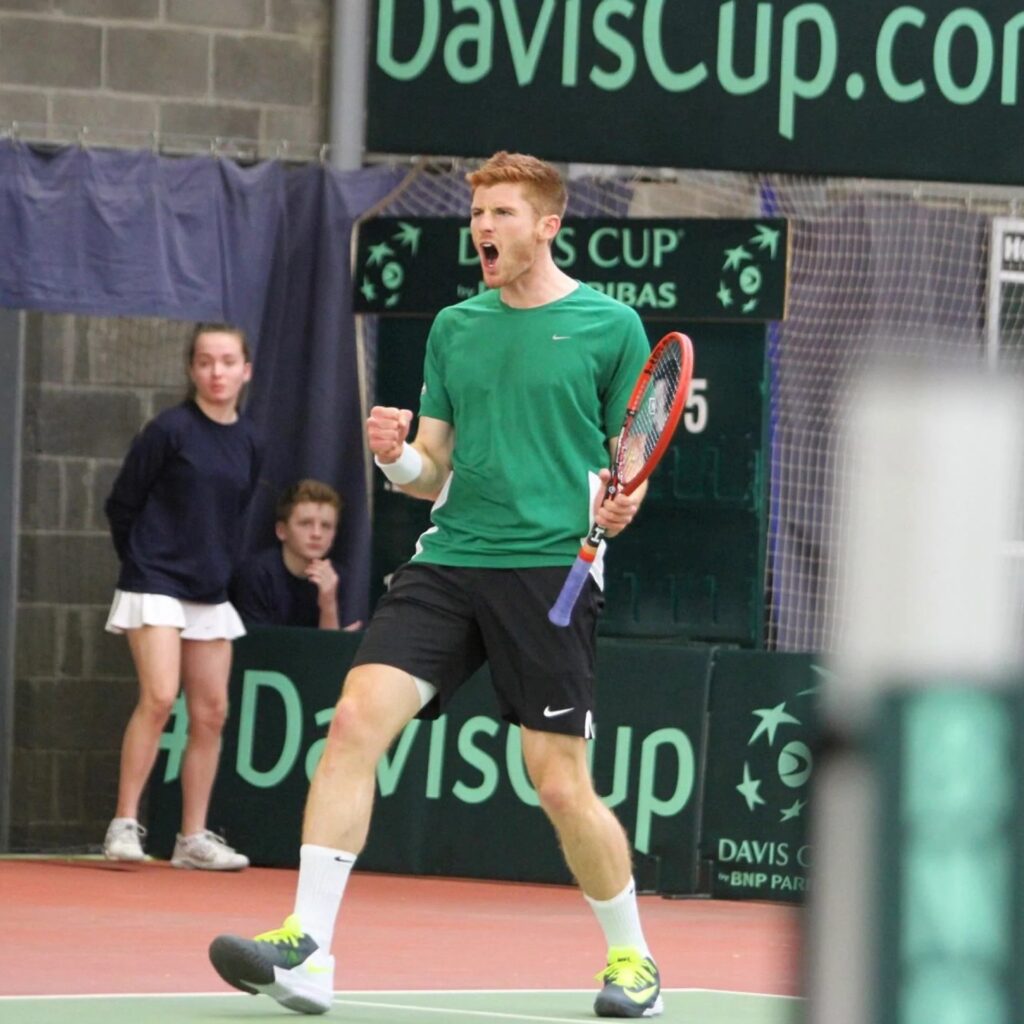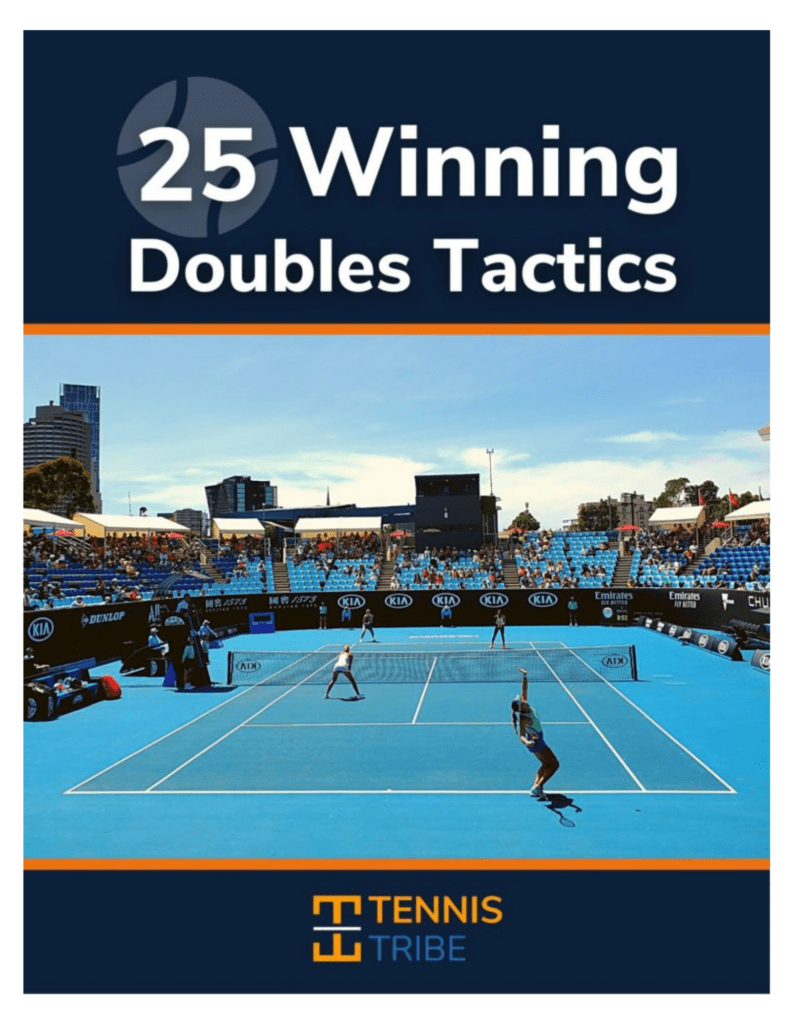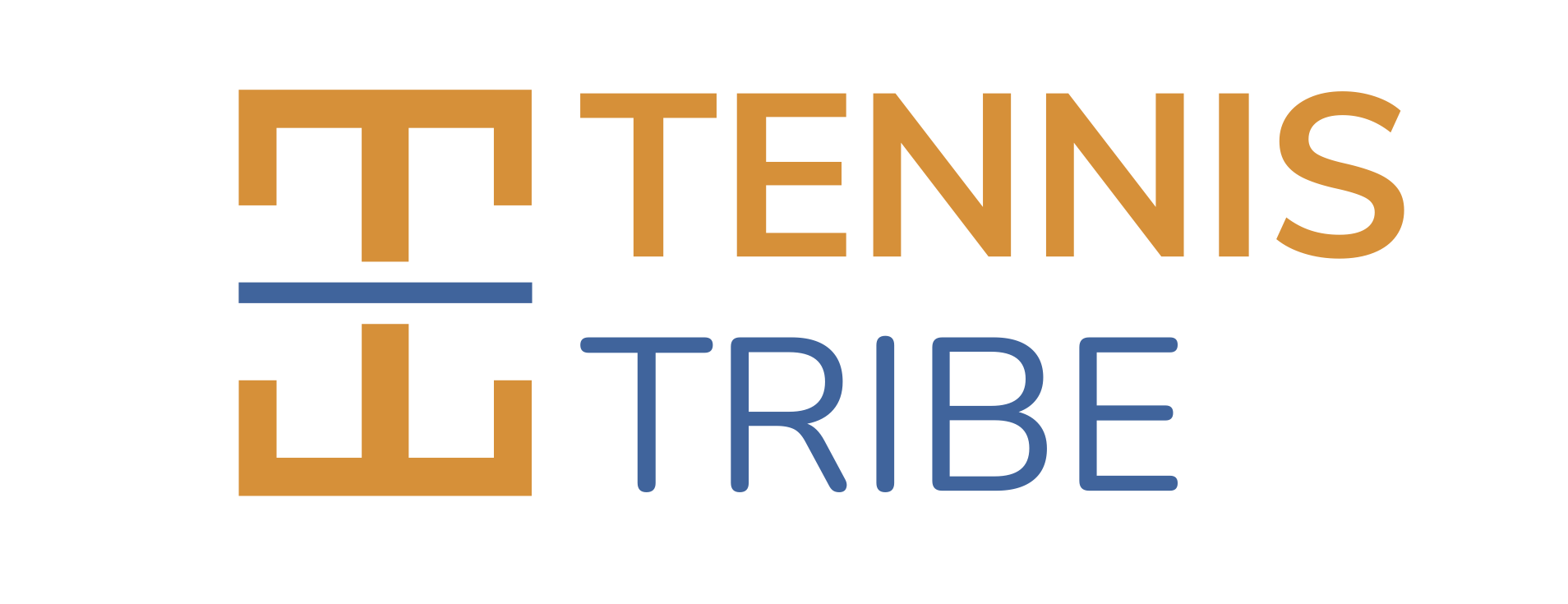In this conversation, I chat with the coach of the top doubles team in the world, Dave O’Hare. This was recorded from our hotel lobby in Montreal at the Canadian Open. Dave has been a player and coach and currently works with Rajeev Ram and Joe Salisbury.
Dave recently went on a Functional Tennis podcast (linked below) and had a great conversation that we build on here.
In this conversation we talk about:
- The difference between being offensive and aggressive.
- Where to aim volleys and how to think about tiebreaks.
- How to plan for big matches and adapt during a match.
- What some of the best doubles players in the world do well.

We also discuss how Dave got into tennis, what inspired his career path, and how he thinks we can make doubles more popular.

25 Winning Doubles Tactics Guaranteed to Help You Play Smarter
Ebook with 25 expert serve (7), return (5), net-play (5), baseline (4), & approach (4) tactics you can use in your next doubles match.
Interview Notes from this Podcast
*To help support The Tennis Tribe & provide more free content like this, we may earn a percentage of purchases through the links below. See our affiliate page for more info.
- Follow Dave on Twitter & Instagram
- Dave is the coach of Rajeev Ram and Joe Salisbury
- Listen to our Rajeev Ram interview episode
- Dave’s podcast with Functional Tennis
- Recorded from our hotel in Montreal at the Canadian Open
- Offensive vs. Aggressive
- Being offensive is more calculated and controlled rather than just being blindly aggressive.
- It’s essential to think in the Offensive, Defensive, & Neutral framework to understand when to attack and defend.
- What Rajeev Ram & Joe Salisbury Do Well
- They have great chemistry and their styles complement each other so well that it allows them to do things like switching much better than other teams.
- They are also diligent in practice and work on concepts against great opponents like Lloyd Glasspool and Harri Heliovaara.
- Currently, they’re working on their presence at the middle of the net because analytics helped them realize that was a weak point.
- Match Planning
- To plan for opponents, they would typically chat the night before about tactics, led by Raj and Joe, watch film, and talk about what they see.
- They typically like to plan high-percentage plays for different point scenarios to avoid confusion in the moment, but they’re willing to adapt.
- About 2.5 hours before the match they’ll do a 30-minute hit to work on specific things and get loose.
- After the match, they generate reports to determine what was and wasn’t working and discuss those things while debriefing the match.
- Strategy
- If they win the toss, they prefer to serve, but would possibly return if they were trying to play with the wind.
- They prefer to aim volleys at their opponents’ right hip to jam their forehand, stretched on either side, or their backhand volley. For amateurs, more should be aimed at backhand volleys.
- They like to switch formations to give different looks and allow themselves to find what they’re doing well and prefer to play to their own strengths. In the Bruno Soares interview, he talked about why he prefers to play to the opponent’s weaknesses.
- When planning for lefties, they like to use the chip return more often, practice against lefties, and base their strategy on experience.
- For serves, they prefer to be offensive and go for spots, but they’re willing to lose on their own terms.
- For returns, they both like to lob some, hit through their opponents, and play two back if necessary.
- In tiebreaks, they have go-to plays, they like to be offensive, and are willing to go high percentage often.
- Dave’s Favorites
- Tennis book: The Inner Game of Tennis by Timothy Gallwey
- Non-tennis book: The School of Life by Alain de Botton

Leave a Reply